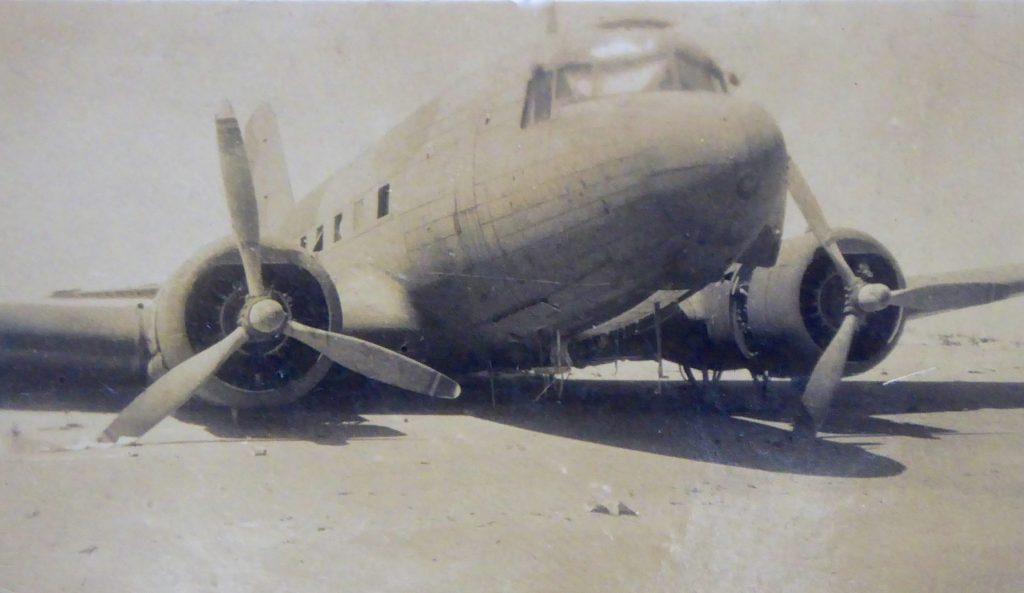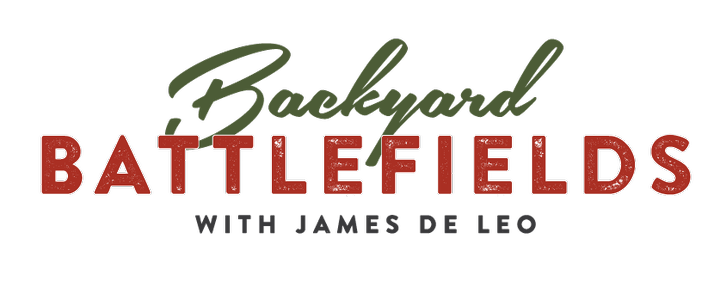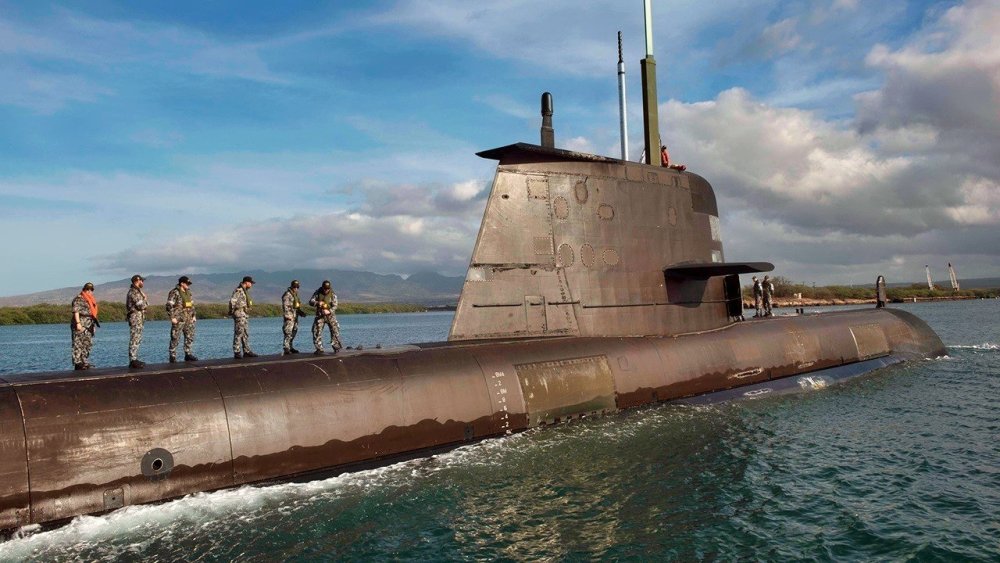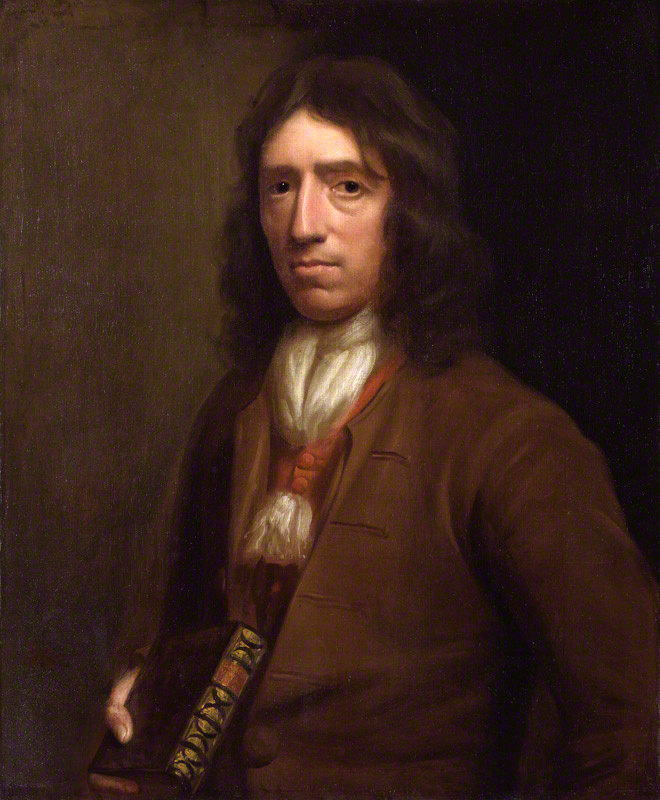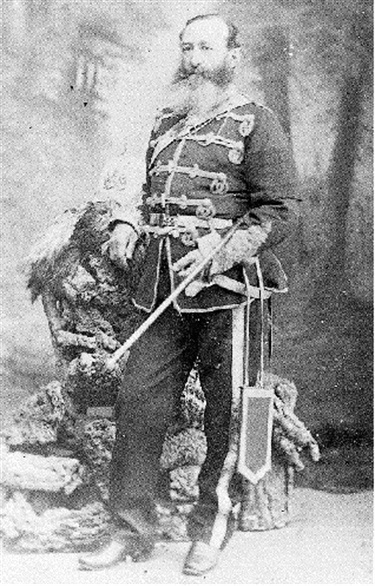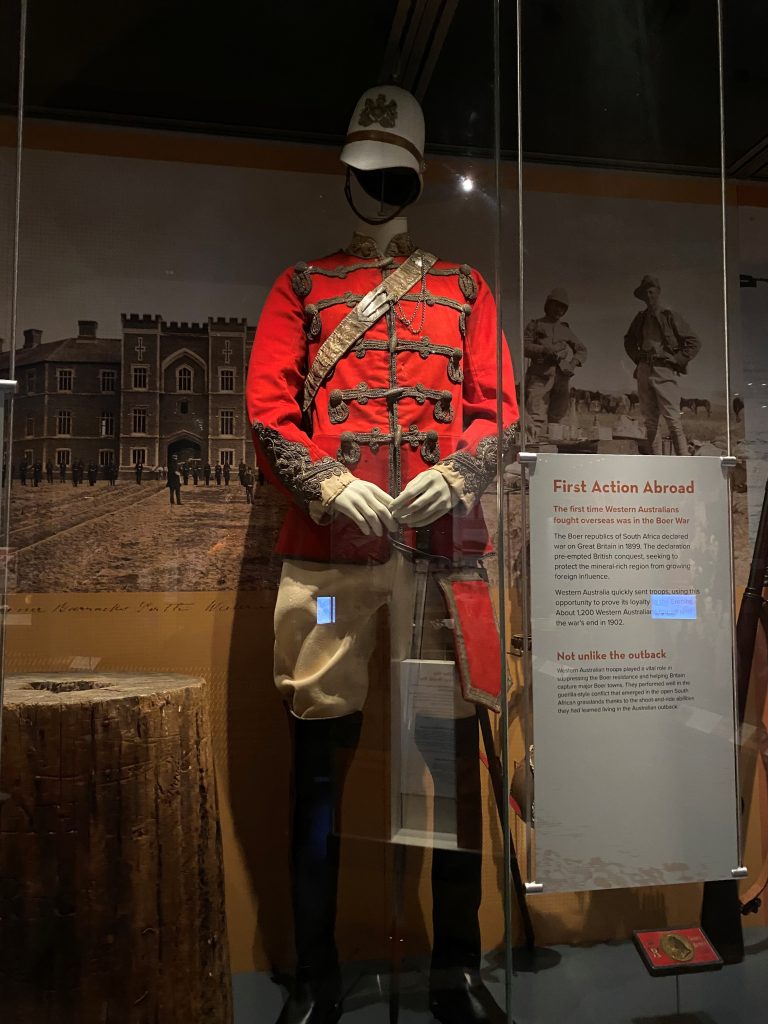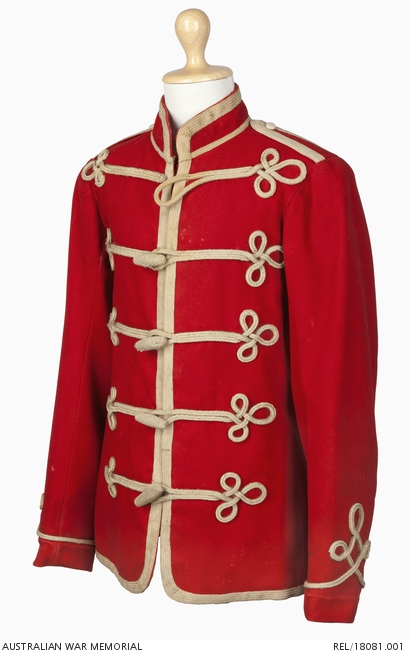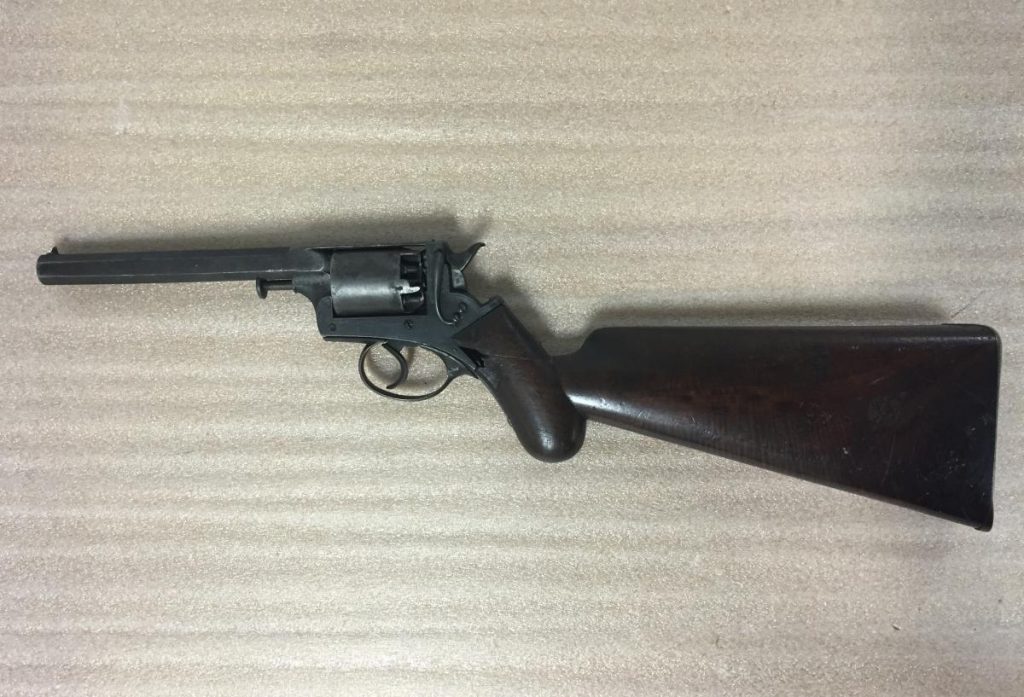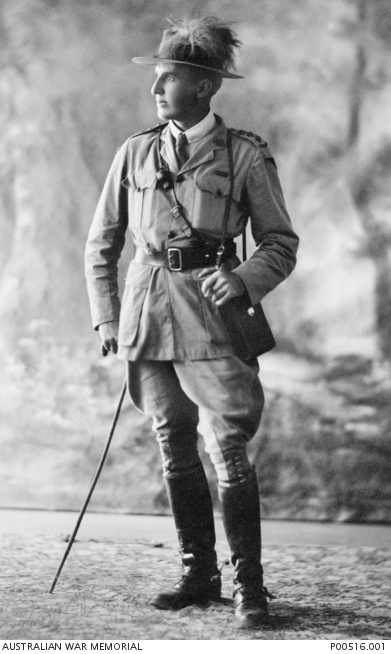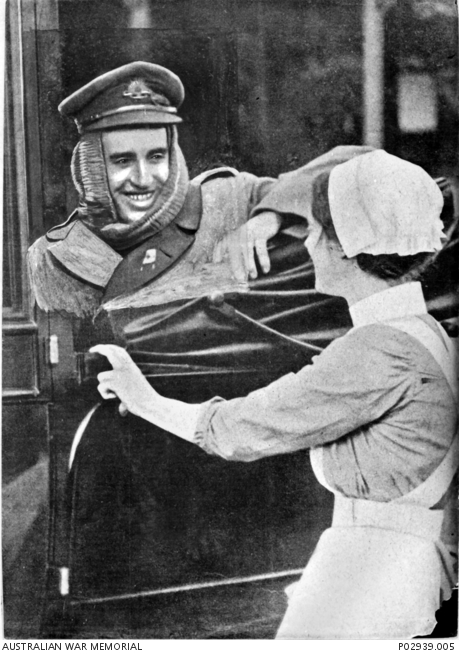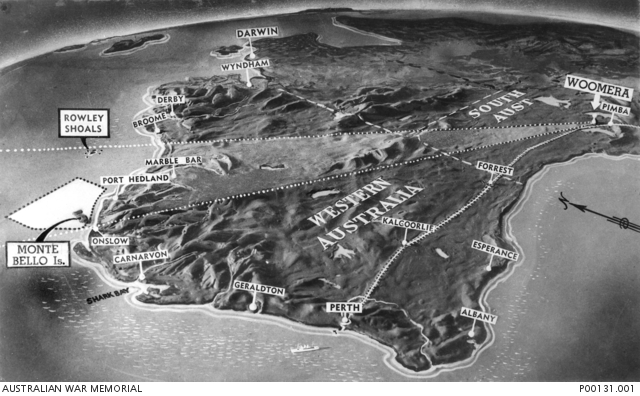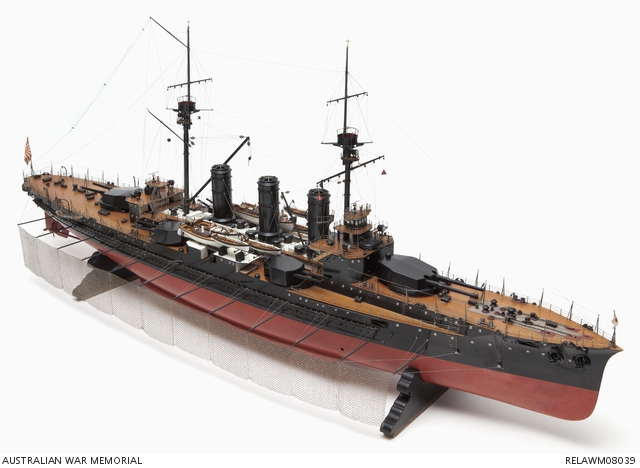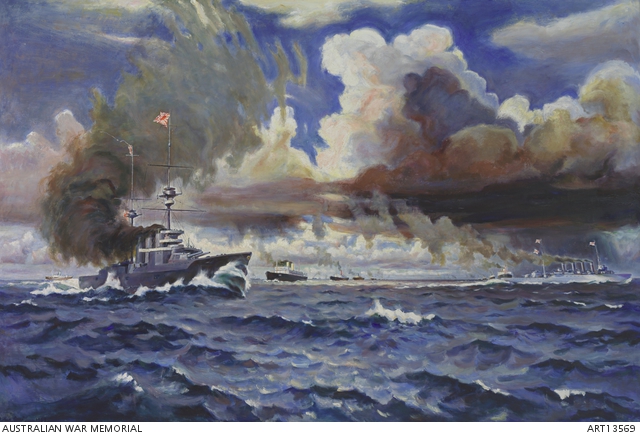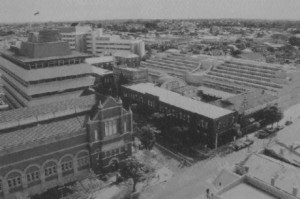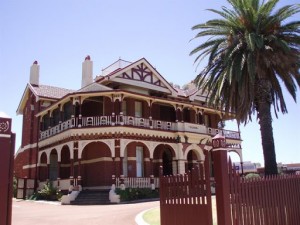On the 3rd of March 1942 Imperial Japanese Navy aircraft operating out of Kupang, Timor attacked the Western Australian town of Broome. At the time the port was full of refugees who had fled the Japanese assault on the Dutch East Indies. One of the last aircraft out was a Dutch airlines Dakota DC-3 named the ‘Pelikaan’. It was piloted by a Russian Ace Captain Ivan ‘Turc’ Smirnoff, who unbeknownst to him carried a fortune in diamonds which originally were sent to Bandung from Amsterdam to avoid falling into Nazi hands. Now to avoid capture by the Japanese they were bound for the Commonwealth Bank in Australia.
Captain Smirnoff was approaching Broome, just as the Japanese attack force was departing and was attacked by Zero fighters and crash landed on a remote beach. The diamonds subsequently disappeared. This episode is an interview with Juliet Wills, Journalist and author of ‘The Diamond Dakota Mystery’ the amazing story of the missing Dutch diamonds and the 1942 Broome attack.

